Kalighat Hoard: The First Gupta Coin Hoard from India
This book narrates the fascinating story of the discovery of the first hoard of Gupta coins from India which was found in Kalighat, located in the southern part of Kolkata (Calcutta). There were more than 200 coins in this hoard. Records mention that one Nab Kissen handed over this hoard to Warren Hastings. The research has identified Nab Kissen of the records with Raja Nabakrishna Deb, a person of considerable eminence in 18th century Calcutta. The land which yielded the hoard belonged to his family. The person who actually found the hoard remains anonymous, but he did hand over more than 200 coins in pot to Nabakrishna Deb. There was a confusion regarding the pot; some reports mentioned that it was an earthen one. There was even a confusion regarding the location: one of the reports mentioned the provenance as Benaras. However, Nabakrishna was amunshi (Persian writer) in the East India Company and in 1783 he gave the hoard to Warren Hastings in anticipation of some favours. Hastings also handed over the hoard to the Court of Directors in London. But he kept a few coins with him (around thirty or so) and sent 172 to London (this no. is recorded). No one kept a record of the coins.
However, for all practical purposes the hoard was thought to be lost when the Court of Directors sent these coins to different collections in the UK without keeping any record. When Hastings returned to London he found only 24 coins in the British Museum collection and was informed that rest went to the melting pot. He was astonished as he thought he had made the most magnificent contribution by handing this hoard to the Court of Directors. None knew that these were Gupta coins. Hastings wrote that he was sending Persian Darics! It was 1825 that when Marsden had prepared his catalogue Nusmiamata Orientalia, he gathered a lot of information about the hoard and identified them as Gupta coins. The next Gupta hoard was discovered in 1850.
Through painstaking research, the author has gathered together all the coins that may have belonged to the original hoard, and thereby reconstructed the first Gupta hoard from Bengal and India. The coins were sent to India Office Collection which later came back to British Museum and Bodliean collection, now Ashmolean Museum (Oxford), Fitzwilliam Museum (Cambridge). The East India Company held a few more which later came back to British Museum and around 20 were handed over to Hunterian Collection in Glasgow, Scotland to the private museum of Mr. Hunter. He had already expired, yet his collection was the best in UK. His collection was indeed enriched by the coins. Some coins were given to private individuals who later gifted them or sold them to the British Museum. The present author has traced the history of each such private collector and included them in the current Kalighat list.
The coins had been placed in a brass pot that remained submerged in water for long time. Hence, this resulted in an inevitable chemical reaction of water with brass, gold, alloy (especially debased gold as most of the coins belong to Narasimhagupta and Vishnugupta which are highly debased) and the alluvium. The coins acquired a characteristic clayish black patina. This also confirmed that the pot was a brass pot and not earthen pot.
It is on the basis of the patina coating that the present author has identified the hoard. She has also attempted to reconstruct its history and its association with Nabakrishna. The book also provides a sketch of the 18th century scenario of Calcutta and a brief history of Nabakrishna Deb.
The historical implications of this hoard have also been discussed in this book. Joe Cribb, Retired Keeper, Department of Coins and Medals, British Museum has written a foreword for the book and the Gupta coins specialist Ellen M Raven from Leiden has added a Prologue.
Joe Cribb situates the work of the present author in the light of previous researches, and points out how Marsden’s wishes have been fulfilled in this publication after a prolonged wait.
In her Prologue, ‘Gupta Coins in the Digital Age’, Ellen Raven points out how the study of the Gupta coins have taken gained momentum with the coming of digital photography. Interestingly, the author has included the coins of Sasanka and Jayanaga in this hoard on the basis of she calls ‘the author’s hunch’ since though there is no supportive evidence. She noticed similar corrosive effects on the coins of these two rulers in the collections of the British Museum. Besides, the date of accession also led her to infer that these may have been a part of the original hoard. If so, then the date for the deposition of the hoard can be pushed back to the 7th century CE.
The last chapter of the book entitled, Epilogue, highlights the contemporary material milieu when these Gupta coins were in circulation. It highlights the monetary scenario in the overall economic condition in the Gupta realm. It also gives three tables (i) a genealogical chart after M. Willis; (ii) A chart showing Gupta coin hoards from Bengal; (iii) a chart showing the number coins per ruler along with all relevant details. There are excellent colour reproductions of coins in chronological order along with a map indicating the find spots of Gupta coins from Bengal.
The exhaustive catalogue of all the 128 coins belonging to the Kalighat hoard provides all the data regarding their present location with accession numbers. These have again been divided into two parts: 117 are enlisted as Kaligaht coins and 11 coins are a part of the probable list based on ‘author’s hunch’. There are photographs of 18th century Kaligaht courtesy Kern Institute sent by Ellen Raven. Photographs also include Sobha Bazar Rajbari(palace) and Nabakrishna’s portrait in an oil painting, courtesy Pratip Krishna Deb, a member of the Sobha Bazar princely family (i.e. Nabakrishna’s heir).
Get it now and save 10%
BECOME A MEMBER

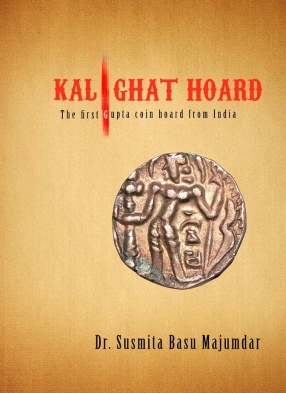

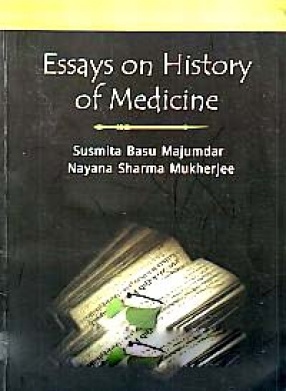
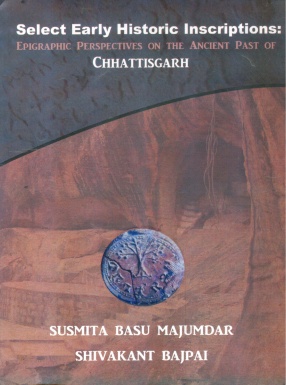
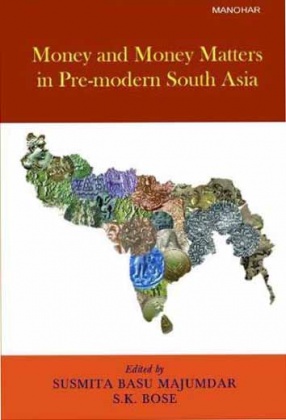
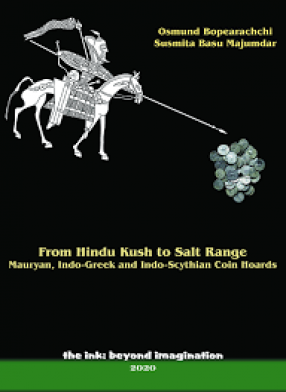
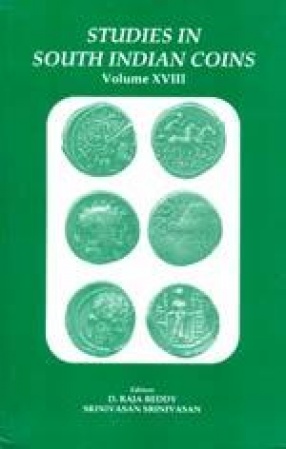
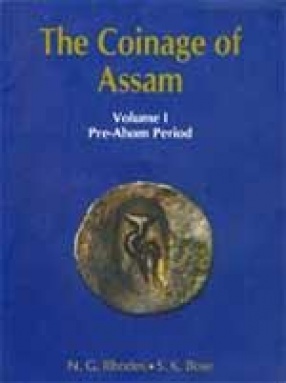
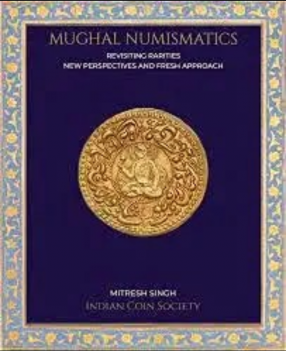
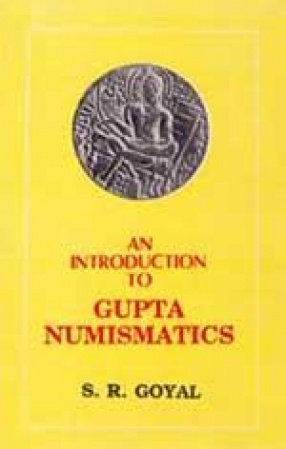

Bibliographic information